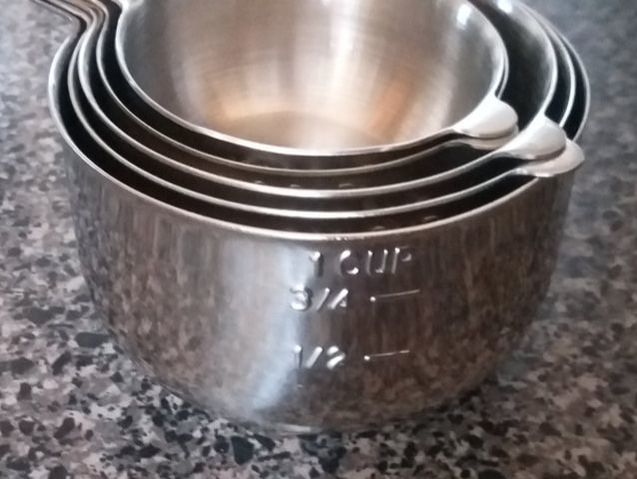I know that recycling shouldn’t be our first line of defense to handle our waste streams, but it is something that can help divert materials from the landfill once they already have been created. But you wanna know what really grinds my gears? Mixed material food packaging. Sure, China’s National Sword cut a great big hole through US recycling efforts, but we can still recycle #1 and #2 plastics in most municipalities, and #5 if there’s a Whole Foods somewhere in your area.
If we want to encourage recycling though, we need it to be easy. People are busy, making their waste stream pretty low on their priority list. So, why on Earth would you make a dairy container out of #5 plastic and put a #2 lid on it? You took the time to make sure the two plastics looked identical for cohesive branding, but the only visual difference to the consumer is if they look at the little recycle triangle on BOTH parts of the package. Is this easy? NO! Store bought icing is even worse with its #5 or #2 body and #4 lid. Where the heck am I supposed to recycle a #4 that isn’t a plastic film like a bread bag?
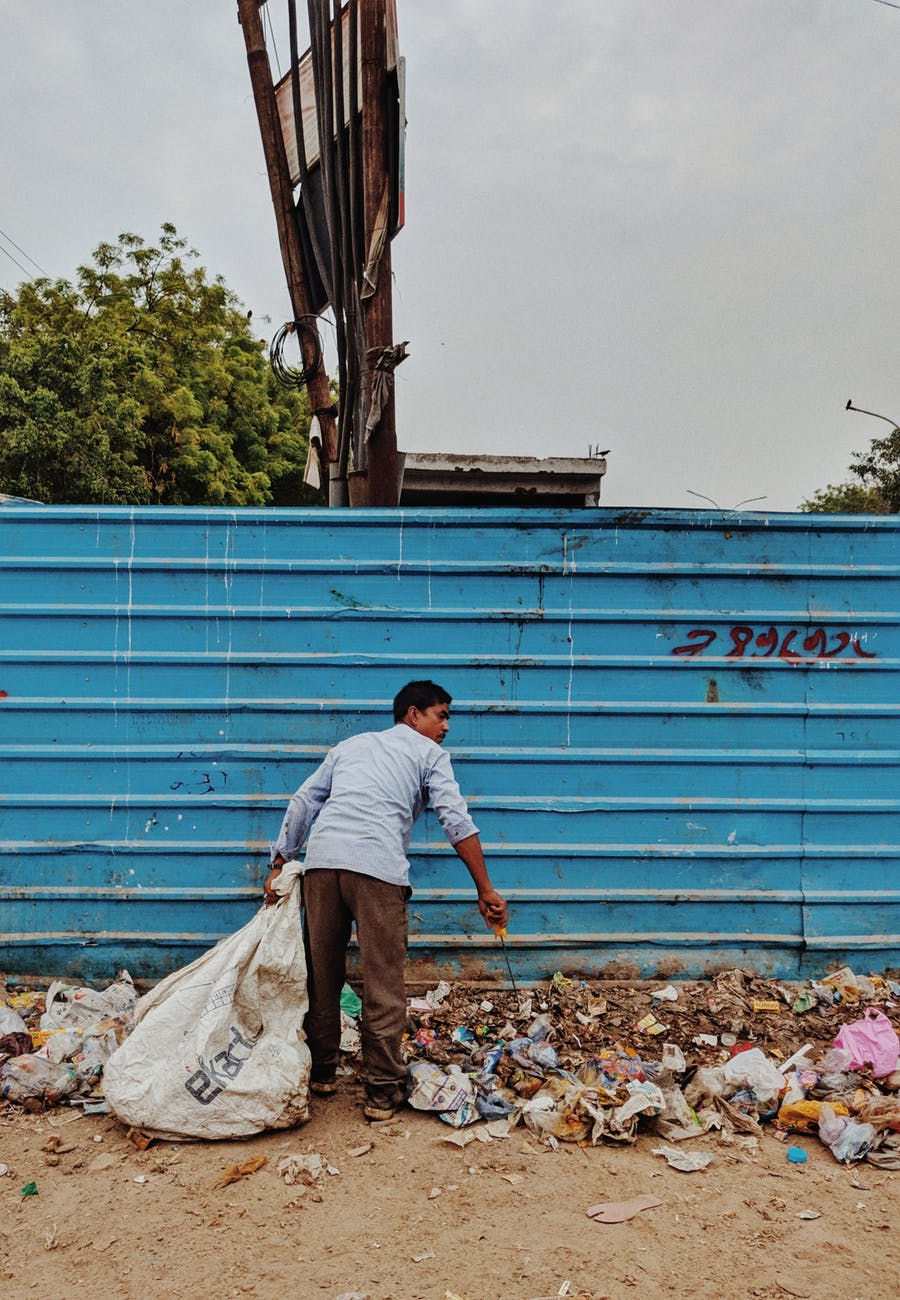
Photo by Anas Jawed on Pexels.com
As engineers, I know we want to find the optimal solution for every component of a design, but for single-use containers, end-of-life needs to be high on that priority list. I’m not a food packaging engineer, but my hierarchy of design would go something like safety/preservation of food, taste impact, mechanical stability, and end-of-life. I’ll grant you that you can’t package in something that will impact taste or safety, but is that #2 lid really making enough of a difference in your product that it’s worth confusing people so you get #2 and #5 plastics mixed up in each other waste streams?
If you ARE a food packaging engineer, I’m begging you to please consider end of life when designing your products. We are on a finite planet, and because plastic is such a useful material, I would really love it if we could easily reclaim it for future use. Whether it’s particularly safe for contact with food or whether we really need so much of it is a whole ‘nother ball of wax. For today, please think through your material choices and try to find ways to make recycling easier.
Moving toward a zero waste, solarpunk, circular economy is high on my wish list for the world, and there’s plenty of research that shows that unless you make something easier than the alternative, people just don’t have the bandwidth. The onus is on the designer, not the consumer for this. We can do better – please do!
Is there anything you’ve run across that was packaged ridiculously? Let us know below!

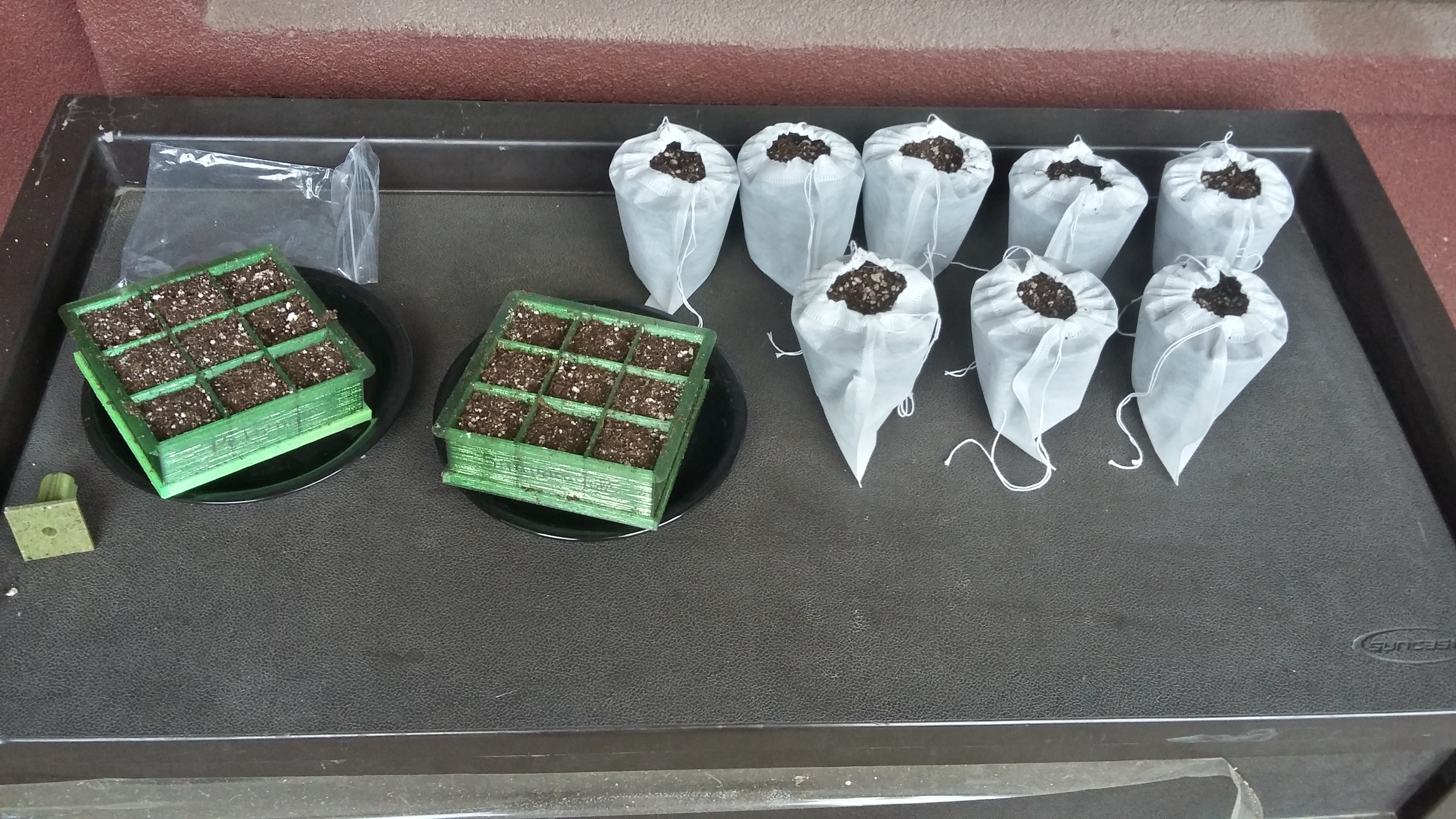

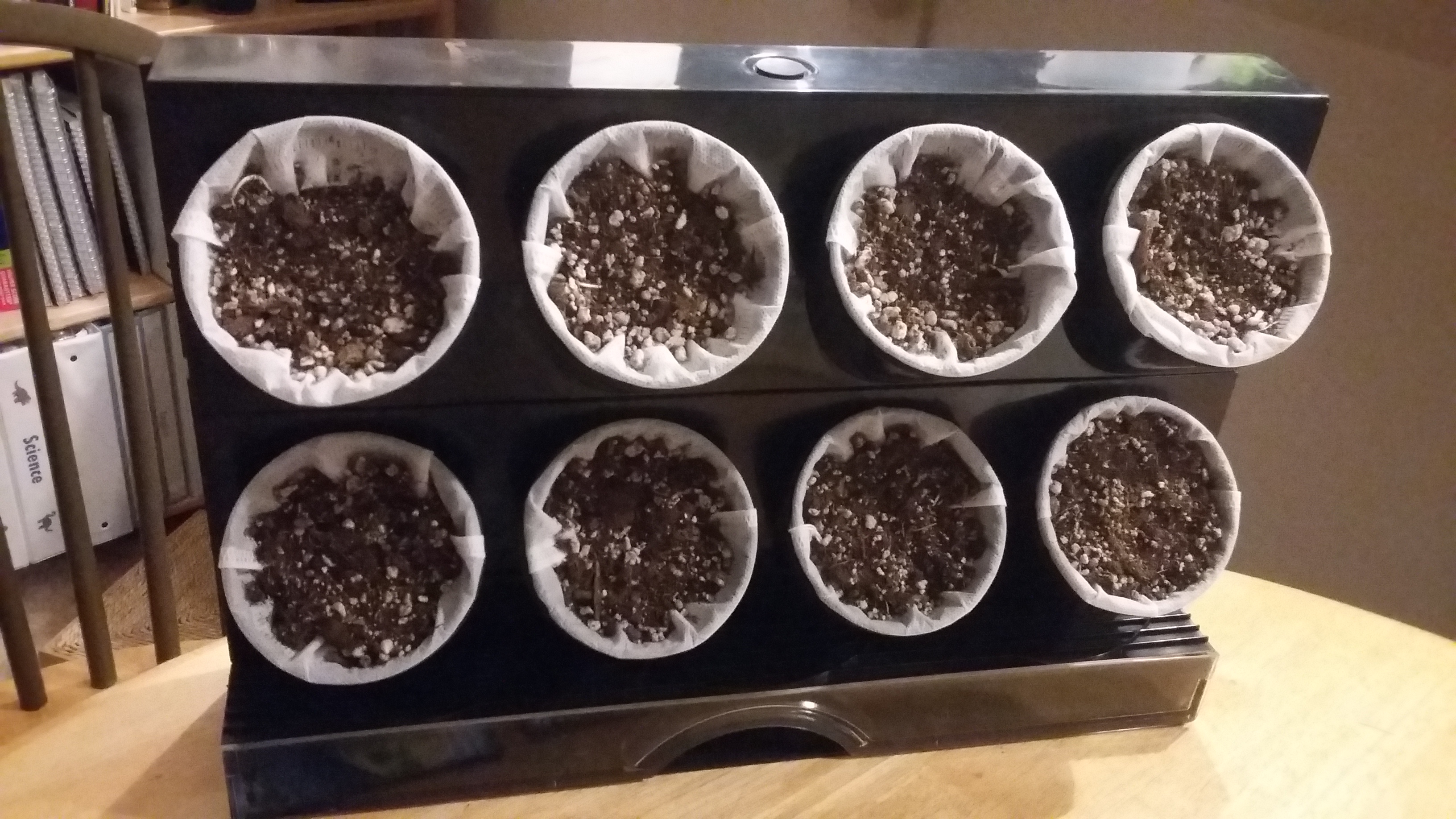

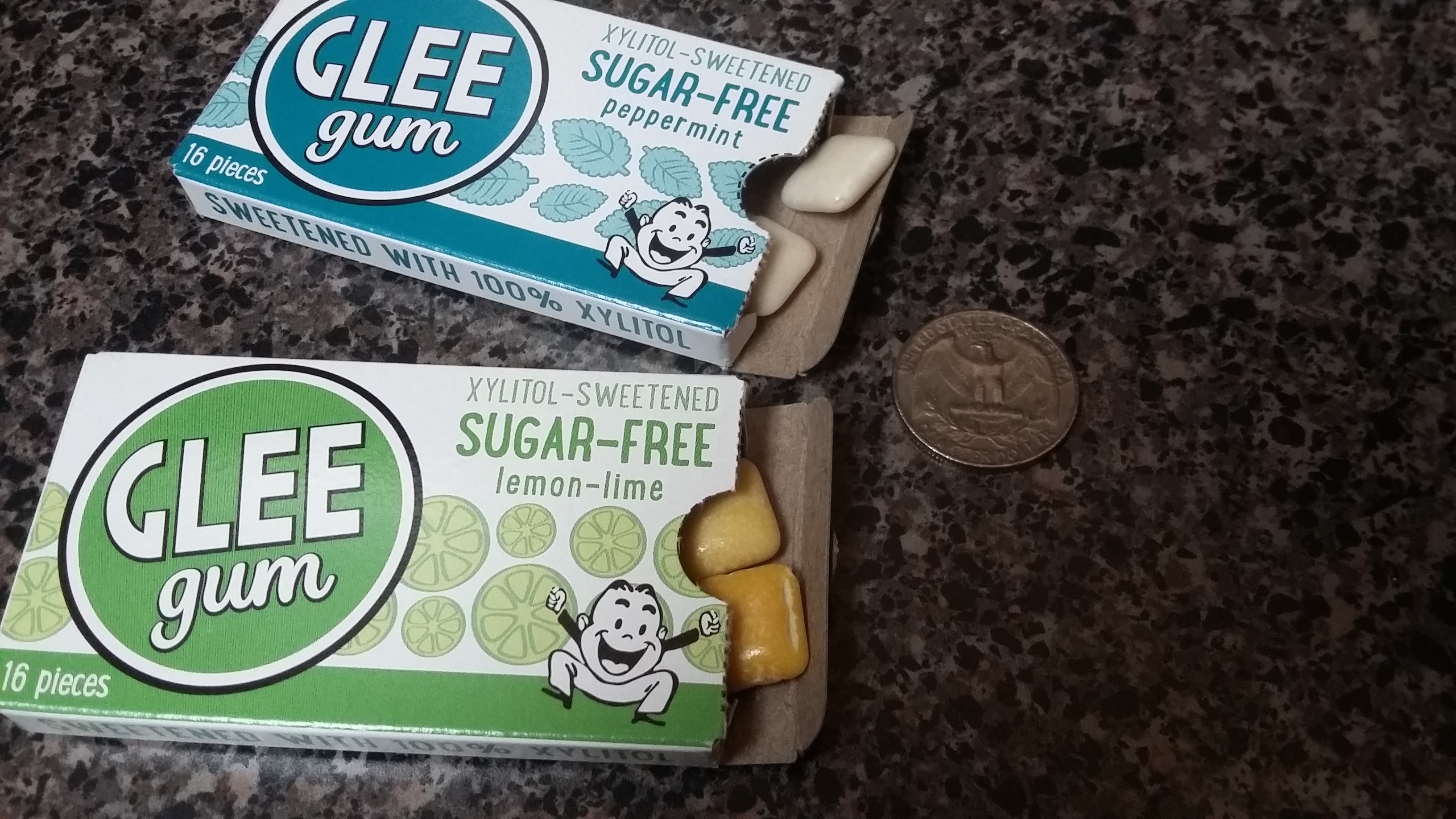





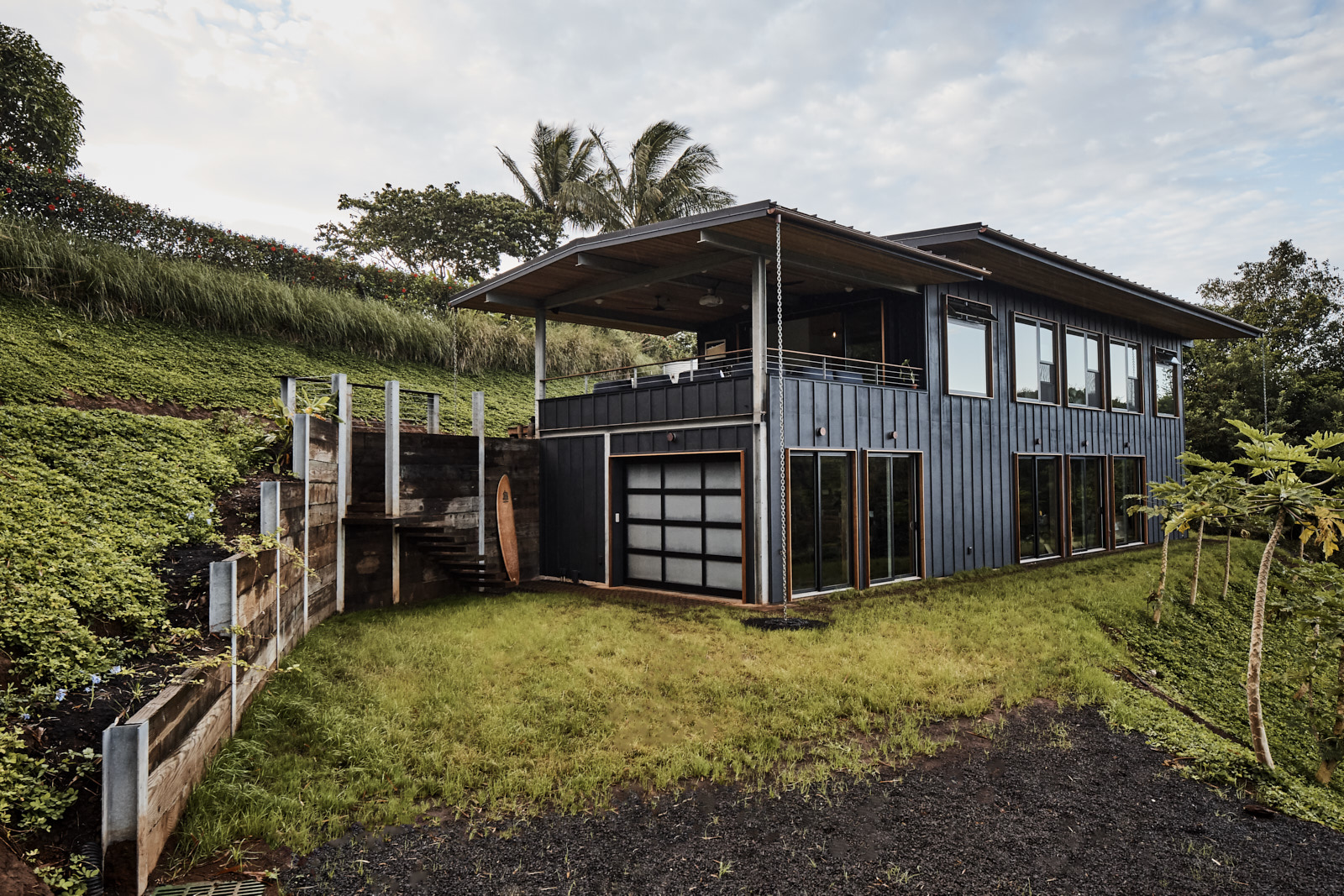 LifeEdited Maui
LifeEdited Maui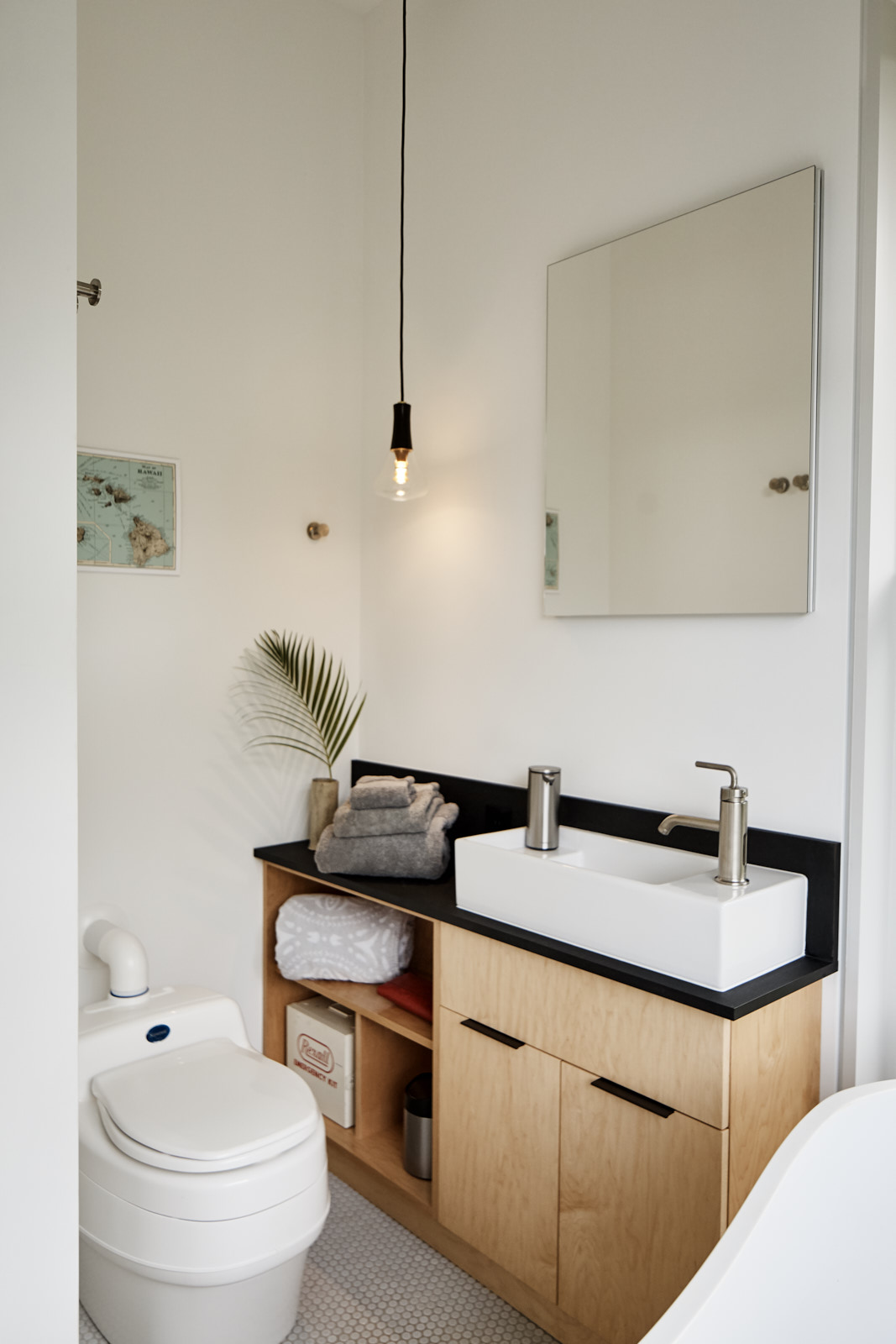

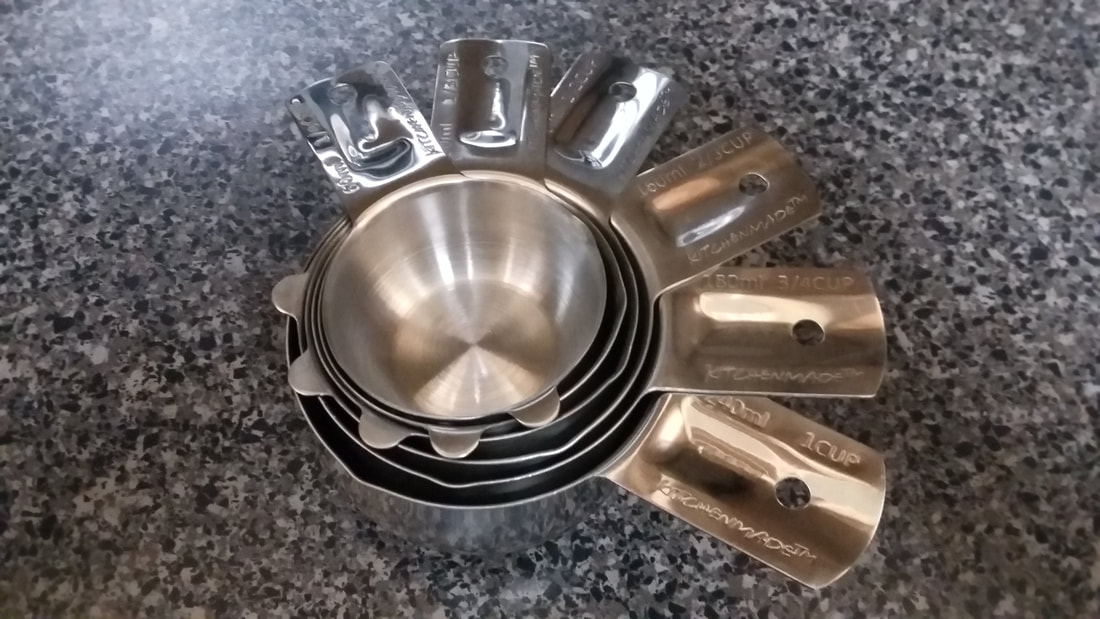 Solarpunk living includes a pretty strong waste reduction component as part of being environmentally conscientious. One of the simpler ways to reduce the amount of waste you generate is to cook your own food. While the greenest measuring cups are the ones you already have, if you are in need of a set, the
Solarpunk living includes a pretty strong waste reduction component as part of being environmentally conscientious. One of the simpler ways to reduce the amount of waste you generate is to cook your own food. While the greenest measuring cups are the ones you already have, if you are in need of a set, the 